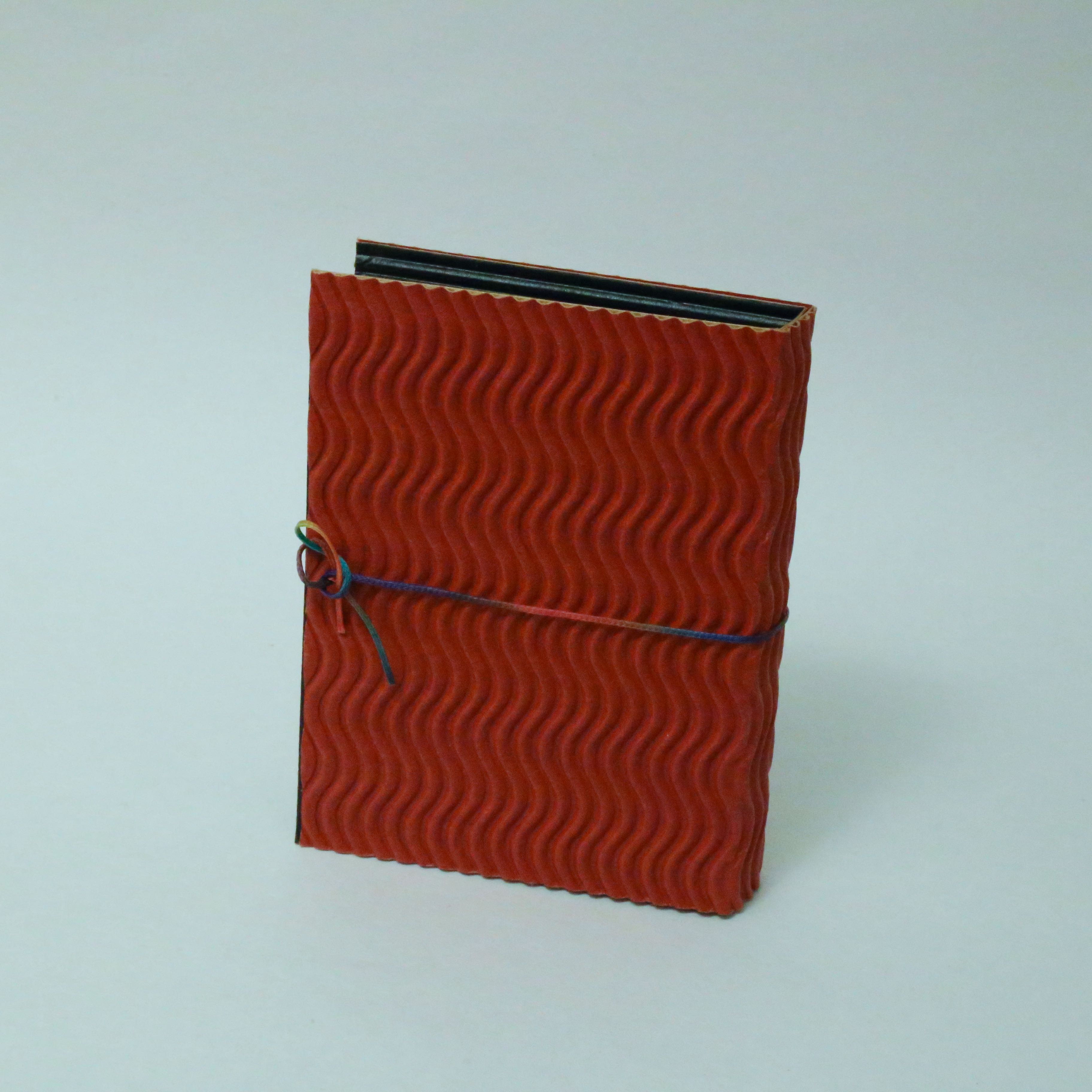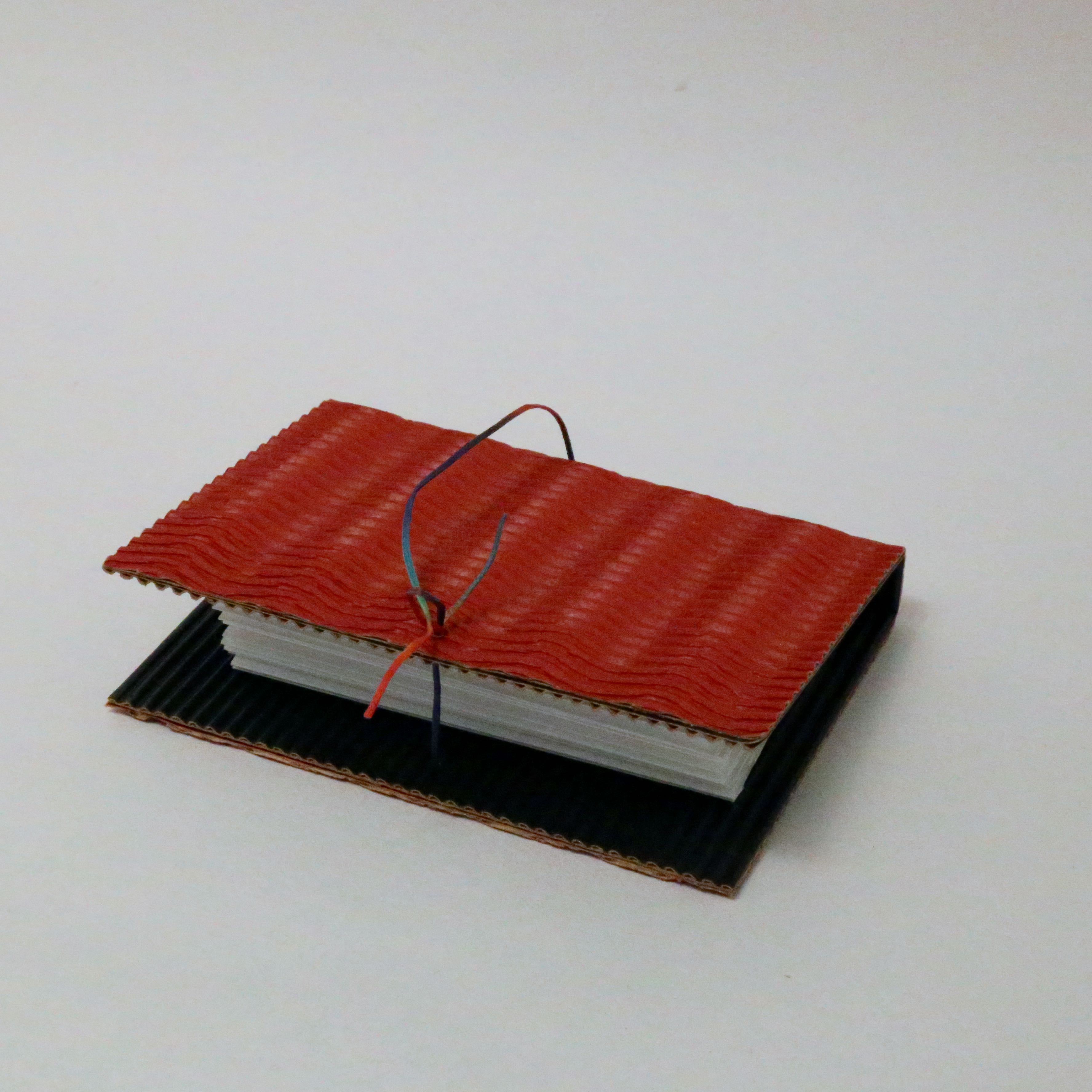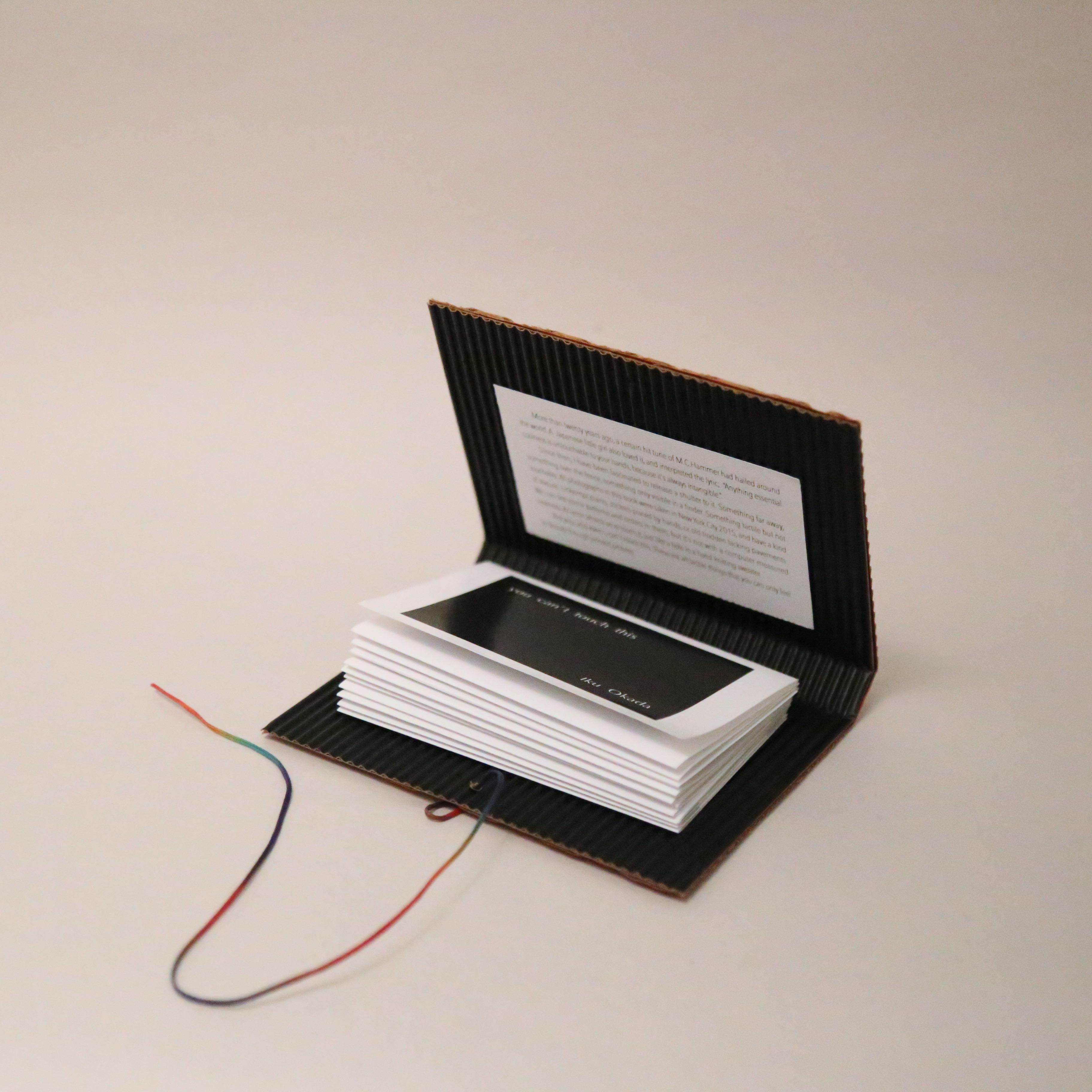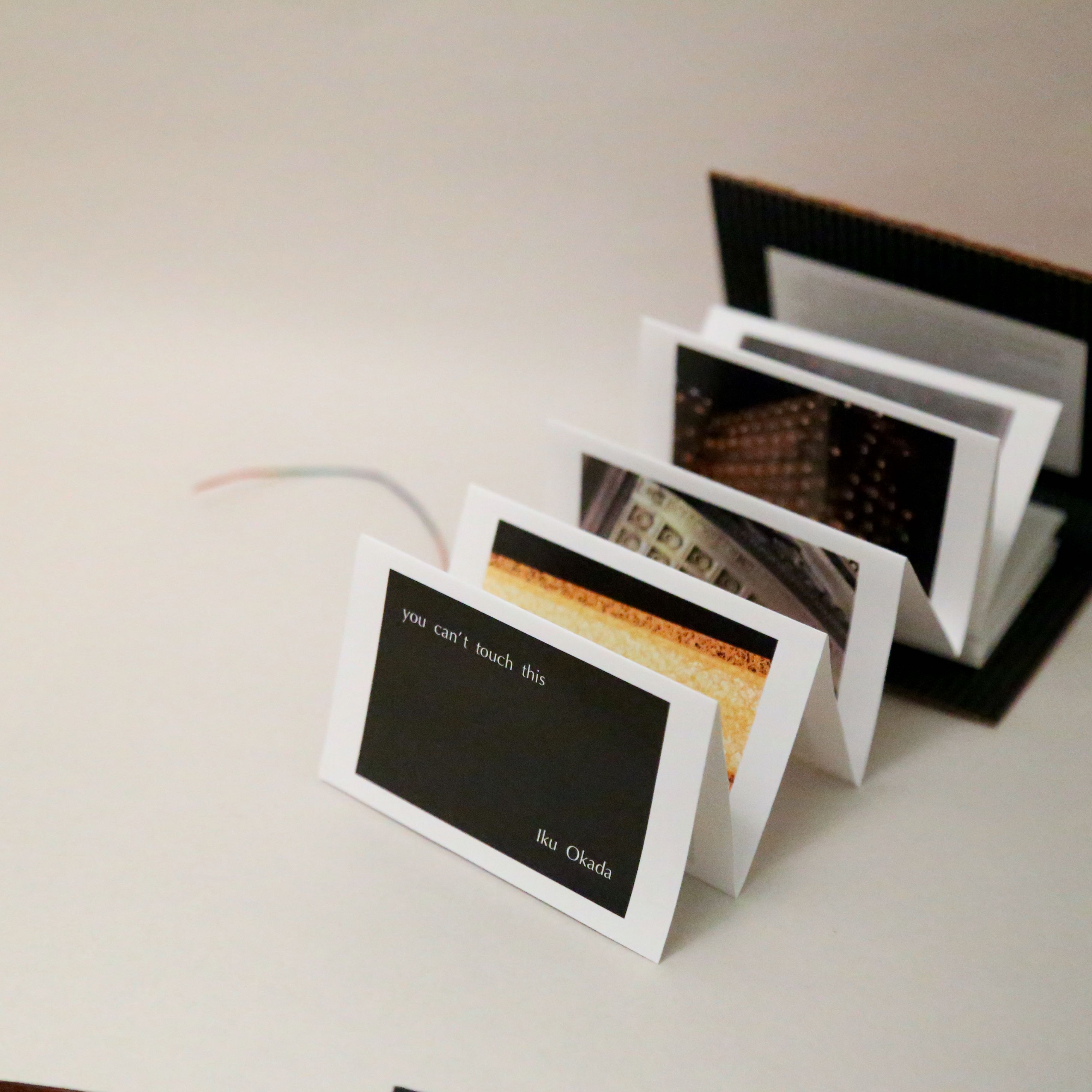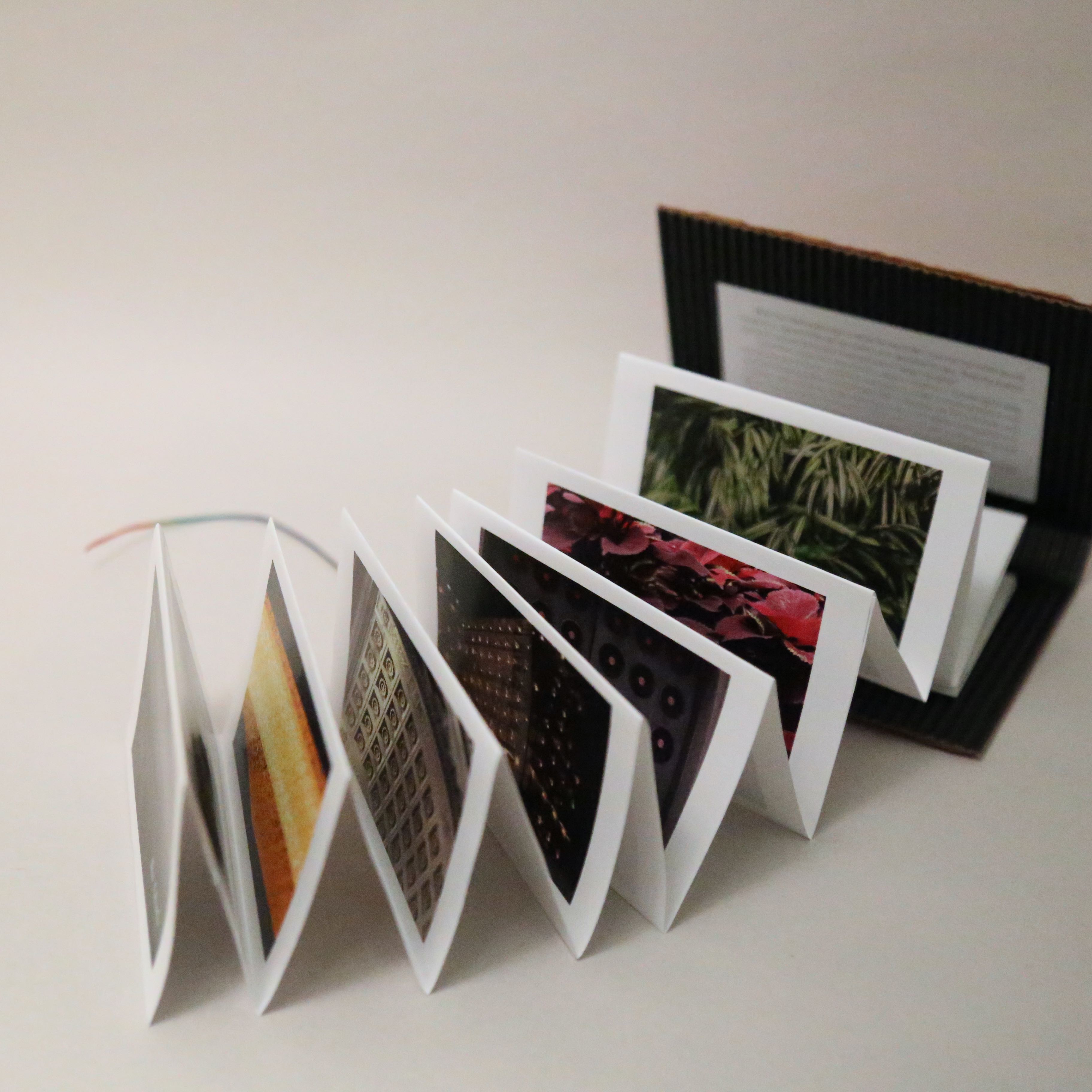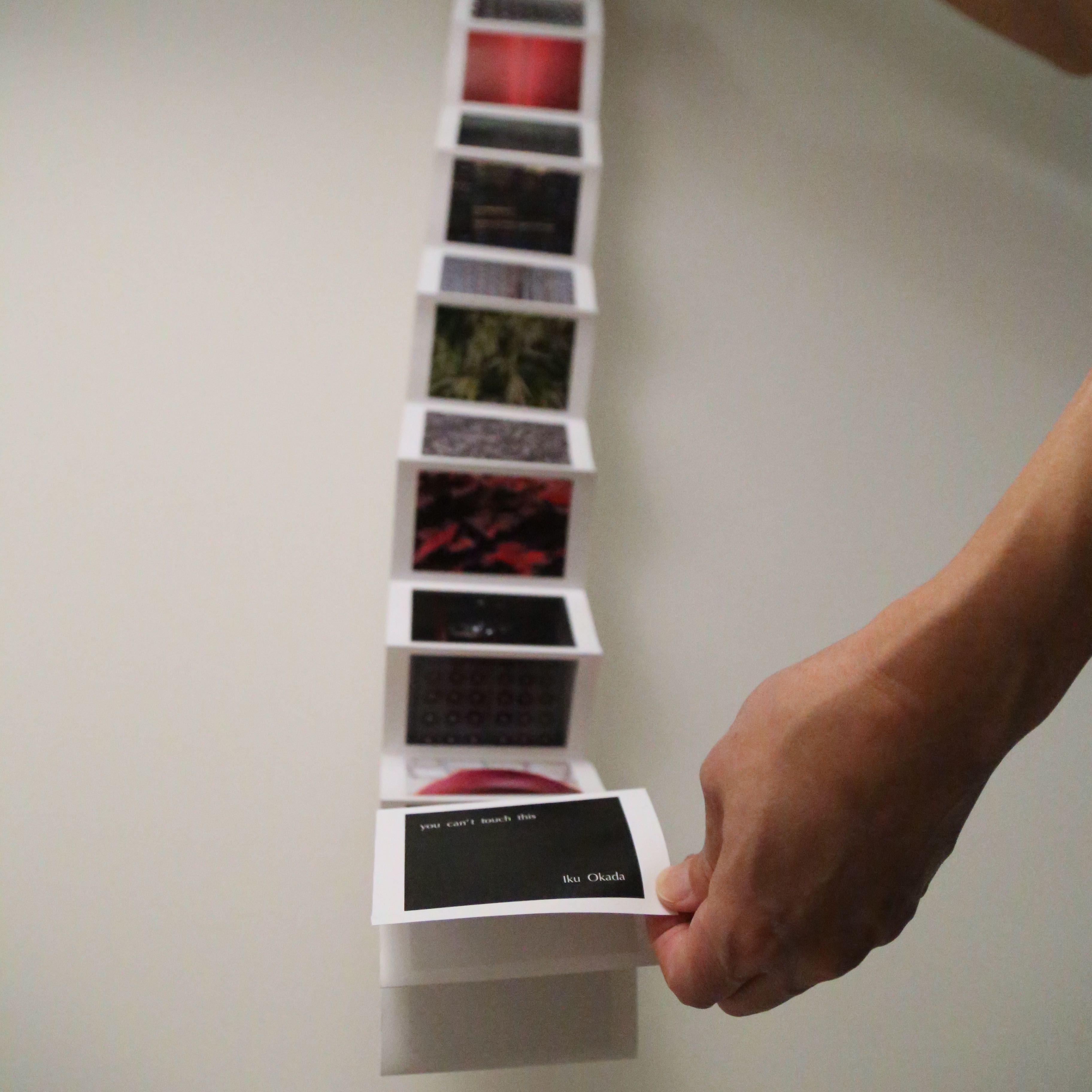The bottle project assignment required us to demonstrate using two plastic bottles. The bottles were used to exhibit and bring two matching or opposing words to life. This demonstration could be displayed in any possible way, there were no restrictions. I decided to use science to illustrate my ideas and concepts, and to engage the viewer further more through live experiments conducted on the bottles.
We were asked to create 50 thumbnail sketches of our ideas and concepts. The bottles represented two words that had some sort of relationship (antonyms, synonyms, etc.)
The final three selections I went with were:
Calm v/s Excited
Construct v/s Deconstruct
Social v/s Antisocial
- Calm v/s Excited (or hyper)
‘Calm’ was extremely easy to display. I had diluted coke in one bottle with no fizz. Diet coke + Mentos did the trick to demonstrate the word ‘excited’ in the other bottle. When diet coke was put into a newly poured bottle of diet coke it immediately fizzes up due to the carbon dioxide produced by the mixture, this gives it a feeling of being hyper or excited. Unfortunately I’m having difficulty in embedding videos or uploading pictures so I am adding links. Hope it works!
2. Construct v/s Deconstruct
I used two balloons, some vinegar, and Eno powder for this one. The balloons were attached to the nozzle of the bottles and as soon as the powder was poured into the vinegar the balloons began to inflate. While both the balloons inflated, I poked a hole in one of them to demonstrate the words “construct” and deconstruct” at the same time.
This was the end result of the experiment.
This was so much of fun to work with, but yet the most hands on experiment. After plenty of trial and errors did I finally get it right. The social bottle was extremely easy to show. I mixed water, food colouring, Savalon. All these were soluble liquids that blended well to illustrate the definition of the word “social”.
“Anti-social” was a bit tricky to do. After three trials I finally accomplished what I had initially aimed to do. I used immiscible liquids for this one, there was vegetable oil, water, milk, and maple syrup. Due to their various densities they all settled as separate layers instead of mixing as one.














